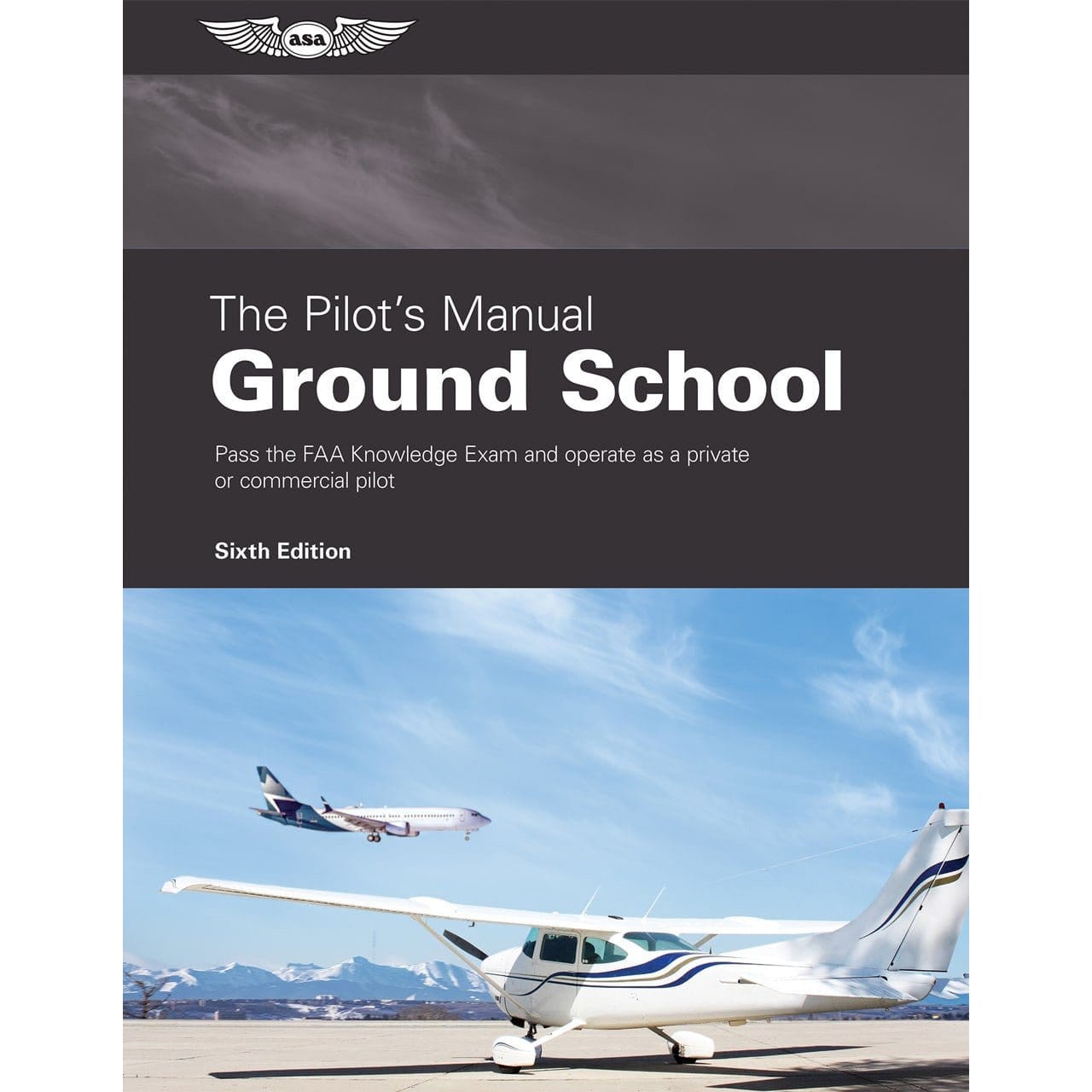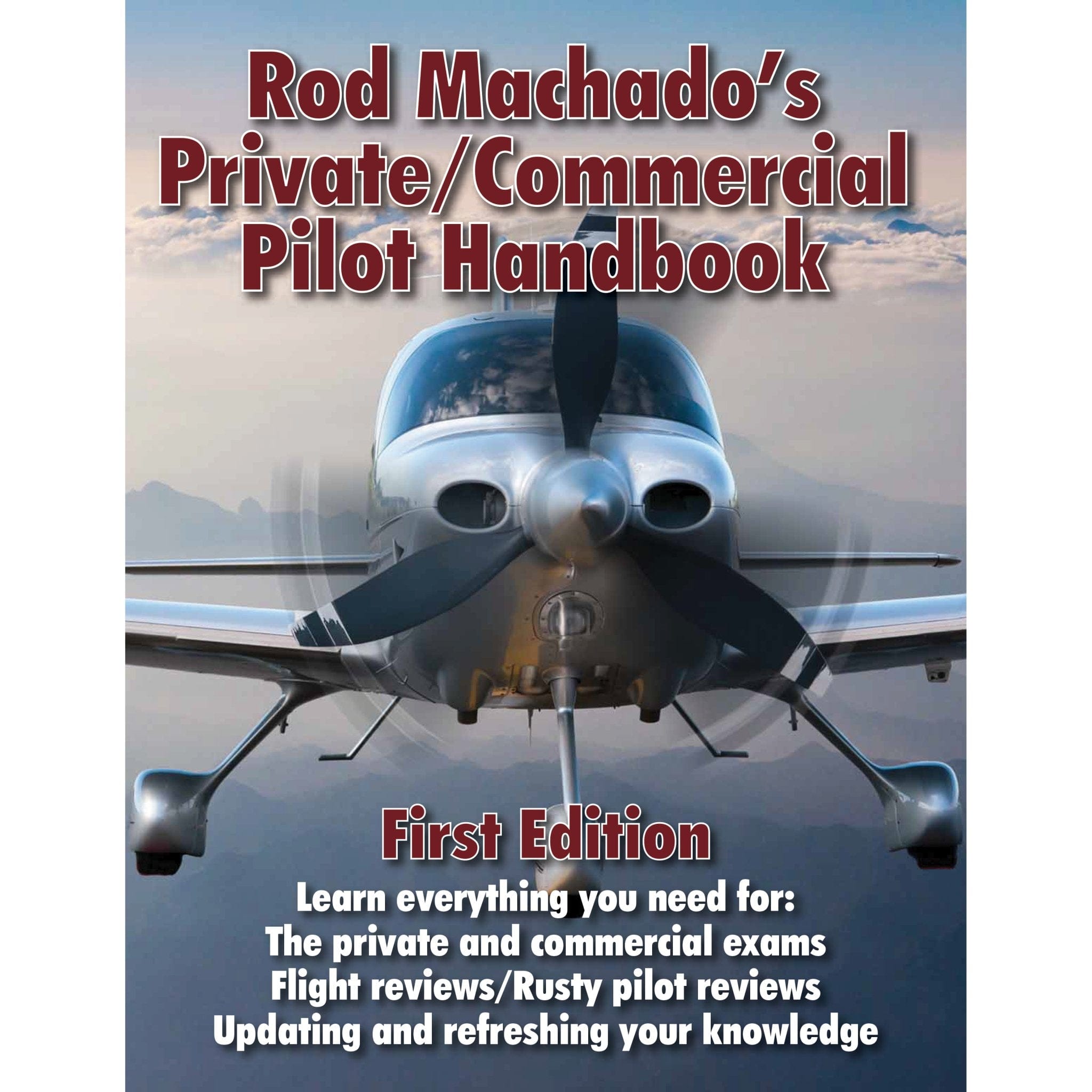A Dutch roll—it sounds delicious, but do not start licking your lips and drooling over the thought of some new scrumptious pastry delight just yet.
Rather than describing a dessert, the Dutch roll is the name given to a series of aircraft motions that in most cases pilots enter into unintentionally.
Today we will touch on everything you need to know about a Dutch roll including what it is, how it got its unique name, and how to get out of a Dutch roll should you inadvertently find yourself in one.
What is a Dutch Roll?
The FAA describes the Dutch roll as “lateral oscillatory motions.” This means that when an aircraft is in a Dutch roll it is moving around two axes at the same time. It is rolling and yawing in opposite directions, with each rolling motion causing another yawing motion and each yawing motion precipitating another rolling motion.
If no further control inputs are given, each set of motions will lessen until eventually the aircraft stabilizes. An unplanned Dutch roll happens more commonly at higher altitudes and with a swept-wing aircraft configuration.
Before getting into the details of a Dutch roll, we must first review and understand a bit about aircraft stability. Stability reflects the aircraft’s ability to return to a straight and level flight state following a disturbance and it is the driving factor behind the Dutch roll.
The fewer oscillations the aircraft goes through, and the faster the aircraft returns to straight and level flight, the higher degree of stability it is said to have. If an aircraft is too stable, it will be difficult and sluggish to turn.
If is not stable enough, it will also be hard to fly as it will easily be thrown off course. Designers must find a happy medium for the stability of each aircraft they create based on the performance and handling characteristics they want it to have.
Aircraft have varying degrees of stability across their three axes which control roll, pitch, and yaw. On a swept-wing aircraft, the roll stability is higher than the yaw stability meaning that the plane will return to wings-level configuration faster if it rolls than if it yaws.
A Dutch roll is precipitated by a roll to either the right or left. As the aircraft rolls, its lift vector tilts in the same direction as the roll. In a swept wing aircraft, this means that the relative wind is hitting the lower wing’s leading edge more straight on than it is the higher wing.
The lower wing thus generates more lift which starts to roll the aircraft back towards wings level.
A side-effect of the extra lift is the lift-induced drag which pulls the nose of the plane in the direction of the initial roll. If the plane started by rolling right, the drag that accompanied the increased right wing lift, now pulls the nose right creating a right yawing motion.
With the nose yawed to the right, the left side of the vertical stabilizer on the tail of the aircraft is receiving more airflow than the right. It generates lift towards the right and the nose yaws back toward the left.
In theory, that would seem to be the end of it, however as we mentioned, on a normal swept wing aircraft, the yaw stability is weaker than the roll stability, so before the vertical stabilizer can negate the right yaw, the aircraft has rolled past level and is now in a left roll which causes the whole process of alternating roll and yaw to repeat again, this time to the opposite side.
Left unchecked, the oscillations continue with each set getting less extreme as the aircraft slowly regains stability and returns to straight and level flight.
The stability characteristics of the aircraft will affect the handling and recovery from a Dutch roll. Some aircraft have strong directional stability and usually go through the entire Dutch roll sequence quickly with minimal yaw and roll overshoots.
The downside is that this directional stability comes with weak dihedral effect which means spiral instability. The opposite is true of aircraft with weak directional stability. Those planes usually have good spiral stability, but a very prolonged Dutch roll with numerous overshoots.
Why is it called a Dutch Roll?
In the early 20th century when swept wing aircraft were first introduced and the sequence of oscillations which we now call the Dutch roll were initially observed, there was no name for the new phenomenon.
The rolling motion of the aircraft was reminiscent of Dutch ice skaters leaning from side to side as they skated along the canals, and so the oscillating motions were christened the Dutch roll.
How do you get out of a Dutch Roll?
In defining airworthiness standards for dynamic stability of Part 25 aircraft, the FAA states that, “Any combined lateral-directional oscillations (“Dutch roll”) occurring between 1.13 VSR and maximum allowable speed appropriate to the configuration of the airplane must be positively damped with controls free, and must be controllable with normal use of the primary controls without requiring exceptional pilot skill.”
Per FAA standards, a modern swept wing aircraft equipped with a functional yaw dampener will simply fly itself out of the Dutch roll if the pilot does not add additional control inputs.
Aircraft without a yaw dampener or aircraft with an inoperative yaw dampener will need to be flown out of the Dutch roll manually or the pilot can simply wait for the roll to subside on its own.
To manually negate a Dutch roll, the pilot can use rudder inputs to supplement the yaw stability and negate the alternating oscillations, thus returning the aircraft to straight and level flight more quickly than if it were left to self-stabilize.
For a detailed and easy to follow description of Dutch roll, watch Mentour Pilot’s What is a “Dutch Roll”?! video.

Frequently Asked Questions
-
Why is it called Dutch roll?
According to Wikipedia: "The origin of the name Dutch roll is uncertain. However, it is likely that this term, describing a lateral asymmetric motion of an airplane, was borrowed from a reference to similar-appearing motion in ice skating—In 1916, Dutch Roll was the term used for skating repetitively to right and left (by analogy to the motion described for the aircraft) on the outer edge of one's skates."
-
What is the static stability of an airplane?
Static stability is the characteristic of an aircraft that acts in response to any outside perturbation in order to get back to its initial, undisturbed state. Static stability can be divided into three distinct categories: stable, neutral, and unstable.
-
What causes Dutch roll in aircraft?
Dutch roll in aircraft is caused by an imbalance in lateral and directional stability, leading to a side-to-side oscillation combining rolling and yawing motions.
-
What prevents Dutch roll?
Avoiding Dutch roll on planes is possible by adjusting the rudder in time with the rolling motion of the aircraft. If the rudder is adjusted precisely, the plane should not over compensate in both directions and cause a Dutch roll. The structure and control systems of an aircraft are necessary for avoiding Dutch roll. Wing and tail fin design also have an effect on how well the angle can be kept steady.
-
How to correct a Dutch roll?
Most modern aircraft will not require any intervention for Dutch roll, since the oscillations tend to die out on their own. However, if a plane is susceptible to this phenomenon, a integrated yaw damper can be used to counteract it. These components work as automated rudder pedals, using information collected from accelerometers and other sensors to make sure the wings stay level. If no yaw damper is installed, the pilot can take manual action with the rudder controls and right the aircraft.
-
Has there been an incident caused by a Dutch roll?
Yes, the incident of the Boeing 707 prototype, in 1955 is a memorable example of Dutch roll. Luckily, pilot Tex Johnston regained control during a demonstration flight. This displayed the need for yaw dampers and led to the inclusion of advanced stability systems in future airplane models.
 Want to know more maneuvers?
Want to know more maneuvers?
Check out these links!
-
The Chandelle Maneuver: What it is and Why You Should Learn to Fly it
-
How To Fly Turns Around A Point (Complete Guide + Lesson Plan)
Did you find this article helpful?
Do you think we missed anything important? Let us know in the comments below!











3 comments
Anthony Davey
Dutch Roll is caused by the forces of lateral stability exceeding the forces of directional stability on an aircraft.
It is important to say that if an aircraft is established in a Dutch Roll it will:
yaw to the right while banking/rolling to the left and then reverse the motion by yawing to the left and then banking/rolling to the right. Without correction this will continue, in most cases it will diminish and cease. On other aircraft it may continue and get worse. The Yaw Damper will automatically intervene and correct this problem. If there is no yaw damper correction, it is best to execute a controlled descent and gradually increase IAS. On some aircraft, extending the speedbrakes just a few degrees briefly can recover stability and stop the Dutch Roll.
Graene
I grew up in an aviation-oriented family, and have heard the term “dutch roll” many times. However, reading this article is the first time I have really understood the phenomenon. Thank you for that.
For reference, my grandfather served in the RAF 1917-1947, and my father was a noted aeronautical engineer.
Steven Ault
In discussing the Dutch roll, Please discuss risks and
probability of out of control roll. Does/can/did it ever lead to a crash? Any examples?